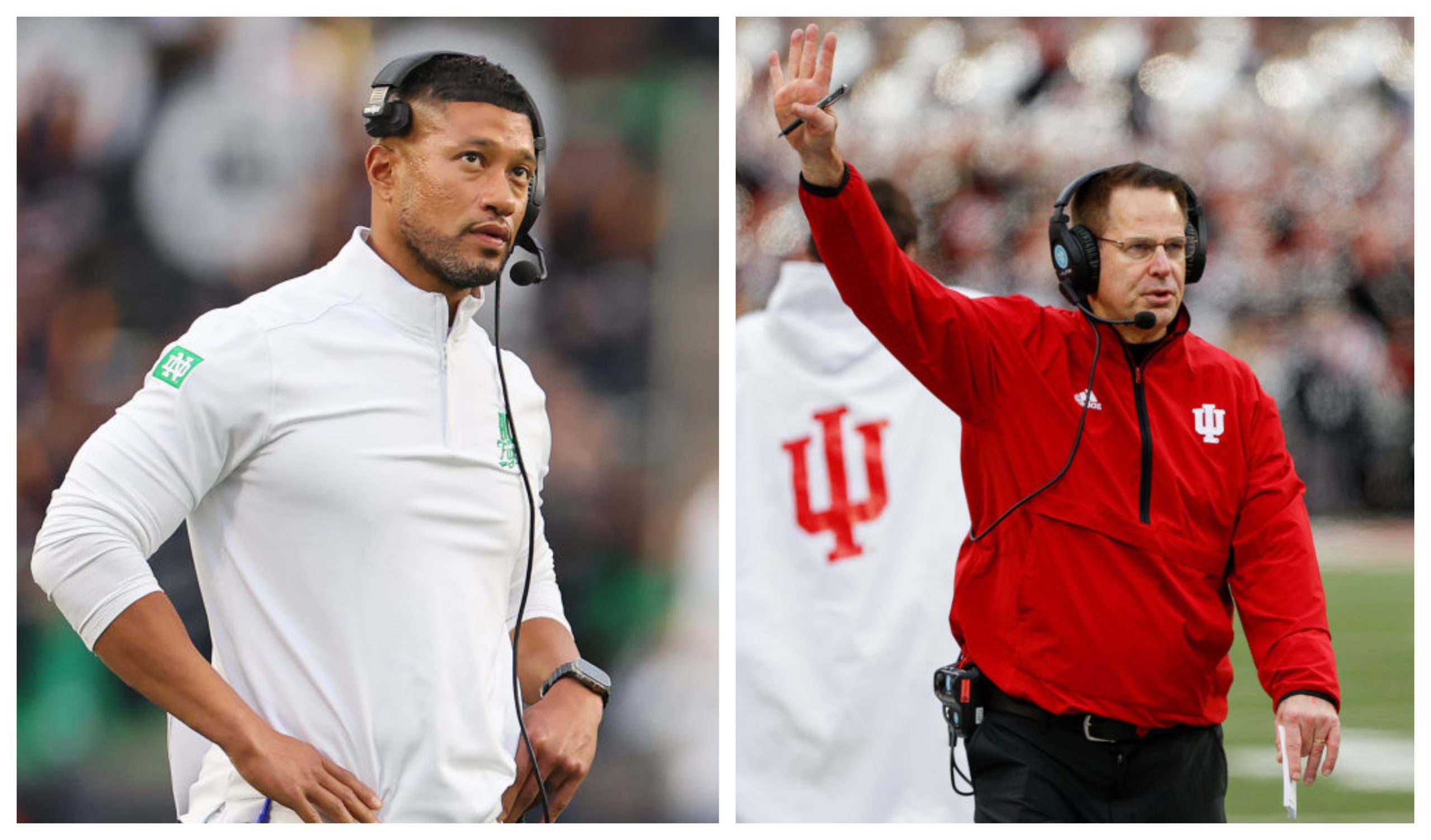Indiana's Puzzling Punt: Unveiling the Complexities of Football Strategy
Thesis Statement
Indiana University's controversial decision to punt on fourth down and one yard against Notre Dame in 2022 raised questions about the intricacies of football strategy. This essay will delve into the complexities of this call, examining different perspectives, analyzing evidence, and exploring broader implications for decision-making in the sport.
Complexity 1: Game Situation and Statistical Probability
The decision to punt was made in the third quarter with Indiana trailing 24-10. The Hoosiers had reached the Notre Dame 29-yard line but faced a fourth-and-one situation. Statistical analysis suggests that in this scenario, teams should typically go for it on fourth down, especially when trailing.
According to a study by Pro Football Focus, teams convert fourth downs within one yard of the goal line at a rate of 72%. Additionally, the Indianapolis Star pointed out that Indiana had converted 75% of its fourth-down attempts in the season leading up to this game.
Complexity 2: Field Position and Momentum
Proponents of the punt argued that the field position would have given Notre Dame excellent starting position if Indiana had failed to convert. The Hoosiers defense had struggled throughout the game, and a turnover on downs could have further demoralized the team.
By punting, Indiana gained some distance and pinned Notre Dame at their own 10-yard line. However, some critics contend that the momentum swing from a successful fourth-down conversion would have been more valuable than the field position gained.
Complexity 3: Offensive Struggles and Coaching Confidence
Indiana's offensive performance in the game had been inconsistent. The Hoosiers had missed several scoring opportunities due to penalties and turnovers. This may have led coach Tom Allen to question the team's ability to convert the fourth down and trust his defense to hold Notre Dame.
However, the punting decision goes against the recent trend in football coaching. Many modern coaches, such as Nick Saban and Pete Carroll, prioritize aggressive play-calling and embracing risk in certain situations.
Complexity 4: Player and Fan Reaction
The punting call was met with disapproval from players and fans alike. Quarterback Connor Bazelak expressed his frustration, stating that he "didn't want to do it." Many fans on social media criticized the decision, arguing that it was overly conservative and did not inspire confidence in the team.
Conclusion
The decision to punt in Indiana's loss to Notre Dame highlights the complexities of football strategy. While statistical analysis and field position considerations supported the punt, the team's offensive struggles and the momentum swing of a successful fourth-down conversion made the decision debatable.
Ultimately, the decision reflected coach Tom Allen's assessment of the game situation and his confidence in his team. However, it also raised questions about the balance between risk and reward in football coaching and the importance of inspiring player and fan confidence.
Reflection on Broader Implications
The Indiana punting controversy serves as a reminder that football decision-making is not always clear-cut. Coaches must carefully weigh a multitude of factors, including statistical probability, field position, personnel, and situational momentum.
Furthermore, it highlights the challenges of balancing risk and reward in coaching. While conservative decisions can protect field position and avoid turnovers, they may also stifle momentum and demoralize players. Conversely, aggressive play-calling can spark a team but also lead to costly mistakes.
Ultimately, the best football decisions are made based on a deep understanding of the game, an assessment of the team's strengths and weaknesses, and a willingness to embrace risk when appropriate.
Tiger Trying To Hold Off Son For 18: 'Day Is Coming'
Kompany, Rose Shocked After Magdeburg Incident
Tomohiro Kato: The Man Who Became The Face Of Japan’s Knife Attacks



